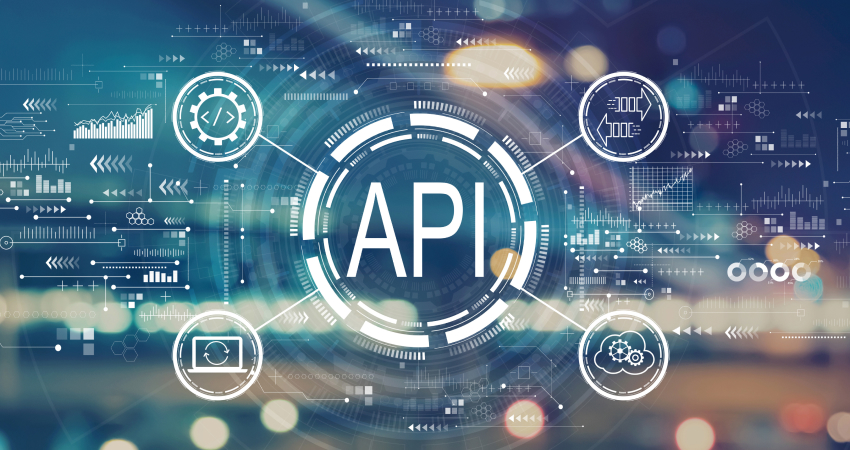Introduction:
In the fast-paced world of ecommerce, businesses strive to deliver exceptional digital experiences to their customers. Traditional monolithic ecommerce platforms often pose limitations when it comes to flexibility, scalability, and agility. This is where headless and API-driven commerce come into play. In this article, we explore how the headless approach, coupled with API-driven architecture, is revolutionizing the ecommerce landscape and empowering businesses to create innovative and personalized customer experiences.
Understanding Headless Commerce:
Headless commerce decouples the frontend presentation layer from the backend commerce functionality. In this approach, the frontend or “head” is independent of the backend systems, allowing businesses to leverage various frontend technologies such as Progressive Web Apps (PWAs), mobile apps, or custom-built interfaces. The decoupling enables greater flexibility in delivering engaging user experiences across multiple channels.
Embracing API-Driven Architecture:
API-driven architecture forms the foundation of headless commerce. APIs (Application Programming Interfaces) serve as the building blocks for data exchange between different systems. By leveraging APIs, businesses can easily integrate diverse systems and services, including CMS (Content Management Systems), ERP (Enterprise Resource Planning), CRM (Customer Relationship Management), and third-party applications. This seamless integration enables real-time data synchronization and enhances operational efficiency.
Agility and Flexibility:
Headless and API-driven commerce offers unparalleled agility and flexibility for businesses. With a decoupled frontend, businesses can experiment with different user interfaces, adapt to evolving design trends, and deliver personalized experiences tailored to specific customer segments. This flexibility empowers businesses to stay ahead in a rapidly changing market and quickly respond to customer demands.
Enhanced User Experience:
The separation of the frontend from the backend allows for greater focus on crafting exceptional user experiences. Businesses can leverage frontend technologies to create fast, interactive, and immersive experiences that delight customers. Personalization, dynamic content, and seamless navigation become more accessible, resulting in higher customer engagement and conversion rates.
Scalability and Performance:
Headless commerce enables businesses to scale their operations effortlessly. With the frontend and backend decoupled, businesses can independently scale each component based on specific requirements. This scalability ensures consistent performance even during peak traffic periods, offering a seamless shopping experience for customers.
Omnichannel Capabilities:
API-driven architecture empowers businesses to provide a true omnichannel experience. By integrating various touchpoints, including web, mobile, IoT devices, social media platforms, and marketplaces, businesses can deliver a unified and consistent brand experience across channels. This seamless integration helps increase brand visibility, reach wider audiences, and drive customer loyalty.
Future-Proofing Your Business:
Adopting a headless and API-driven approach future-proofs your business. With the ability to quickly adopt new technologies, leverage emerging channels, and integrate with innovative services, businesses can stay ahead of the competition. This flexibility allows for easy adaptation to evolving customer expectations and market trends.
Conclusion:
Headless and API-driven commerce is revolutionizing the ecommerce landscape by empowering businesses with unmatched flexibility, agility, and scalability. The decoupling of frontend and backend systems, coupled with API-driven architecture, offers enhanced user experiences, omnichannel capabilities, and future-proofing. As ecommerce continues to evolve, businesses must embrace this innovative approach to unlock the full potential of digital commerce and create memorable customer experiences that drive growth and success in the dynamic and competitive online marketplace.

